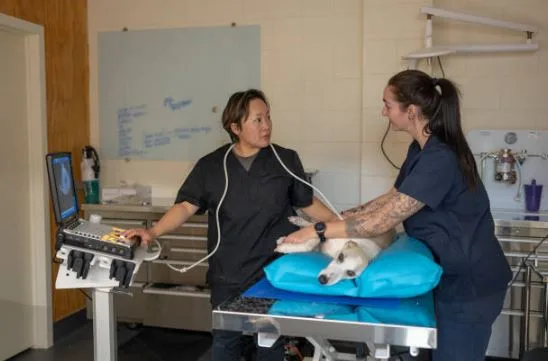Emergency Vet Perth: Critical Care for Your Beloved Pets
When a pet emergency strikes, every second counts. For Perth pet owners, knowing where to find reliable emergency vet Perth services could mean the difference between life and death for a furry family member. This guide covers essential information about pet emergencies and how to respond effectively.
Recognizing Pet Emergencies
Some situations require immediate veterinary attention. Watch for these critical signs:
Life-Threatening Conditions
- Breathing difficulties (choking, gasping, blue gums)
- Severe trauma (car accidents, falls, animal attacks)
- Poisoning symptoms (vomiting, seizures, lethargy after ingesting toxins)
- Neurological issues (seizures, loss of balance, sudden paralysis)
- Gastric emergencies (bloating, continuous vomiting, bloody diarrhea)
Pet owners should always err on the side of caution. If unsure whether a situation constitutes an emergency, contacting a veterinary professional immediately is recommended. Port City Emergency Vets offers 24/7 triage support to help assess urgent cases.
Understanding Pet Emergencies: When to Seek Immediate Help
Many pet owners struggle to recognize when their animal needs emergency care versus when they can wait for a regular vet appointment. Here are the most critical situations that require immediate attention from an emergency vet Perth professional:
1. Trauma and Accidents
- Vehicle collisions
- Falls from heights (especially for cats)
- Animal attack wounds
- Broken bones or severe limping
2. Poisoning and Toxin Exposure
Common household dangers include:
- Chocolate, grapes, and xylitol (common in sugar-free gum)
- Rat poison and snail bait
- Lilies (extremely toxic to cats)
- Human medications (especially painkillers)
3. Breathing Difficulties
Signs your pet can’t breathe properly:
- Blue or pale gums
- Excessive panting when at rest
- Gasping or choking sounds
- Stretching neck out to breathe
4. Gastrointestinal Emergencies
- Repeated vomiting (especially with blood)
- Diarrhea lasting more than 24 hours
- Swollen, painful abdomen (potential bloat in dogs)
- Inability to defecate (possible obstruction)
5. Neurological Symptoms
- Seizures (especially if lasting more than 2 minutes)
- Sudden loss of balance or coordination
- Extreme lethargy or unresponsiveness
- Disorientation or sudden blindness
What to Do During a Pet Emergency
- Stay calm – Animals sense stress, which may worsen their condition
- Assess safety – Approach injured pets carefully to avoid bites
- Contact help immediately – Have emergency contacts saved in advance
- Prepare for transport – Use a carrier or blanket as a stretcher
- Bring medical records – Include vaccination history and medications
For after-hours emergencies in Perth, emergency vet Perth services like Port City Emergency Vets provide critical care when regular clinics are closed. Their facility features advanced diagnostic equipment and specialized emergency treatments.
Choosing an Emergency Veterinary Service
When selecting an emergency clinic, consider these factors:
- 24/7 availability – Emergencies don’t follow business hours
- Advanced equipment – Look for digital x-rays, ultrasound, and in-house labs
- Experienced staff – Specialized training in emergency medicine is crucial
- Follow-up care – Coordination with regular veterinarians ensures continuity
Preventative Measures for Pet Owners
While emergencies can’t always be prevented, these steps help reduce risks:
- Pet-proof homes by removing toxic plants and chemicals
- Learn basic pet first aid and CPR
- Keep emergency numbers easily accessible
- Monitor pets closely during outdoor activities
- Maintain regular veterinary check-ups
When to Seek Immediate Help
If a pet displays any of these warning signs, immediate veterinary attention is necessary:
✔ Difficulty breathing
✔ Unconsciousness or collapse
✔ Seizures lasting more than two minutes
✔ Suspected poisoning
✔ Severe bleeding that doesn’t stop
✔ Extreme pain or distress
Final Thoughts
Pet emergencies are stressful situations where preparation and quick action matter most. By recognizing warning signs, knowing basic first aid, and having emergency contacts prepared, owners can provide their pets the best chance at recovery.
Remember that hesitation can be dangerous – when in doubt about a pet’s condition, seeking professional advice immediately is always the safest choice.
Have you experienced a pet emergency? Share your story in the comments to help other pet owners recognize warning signs and respond effectively.





